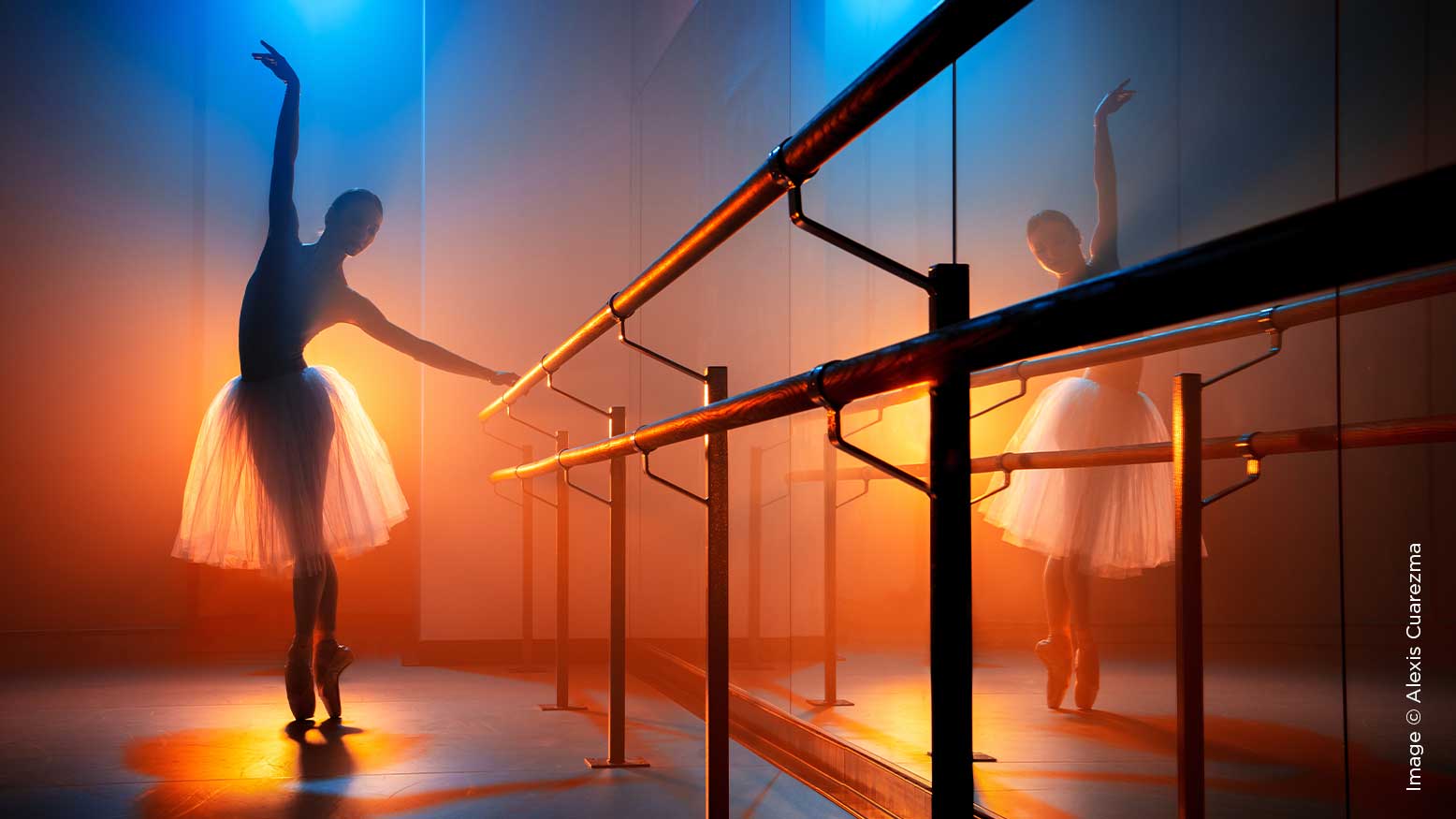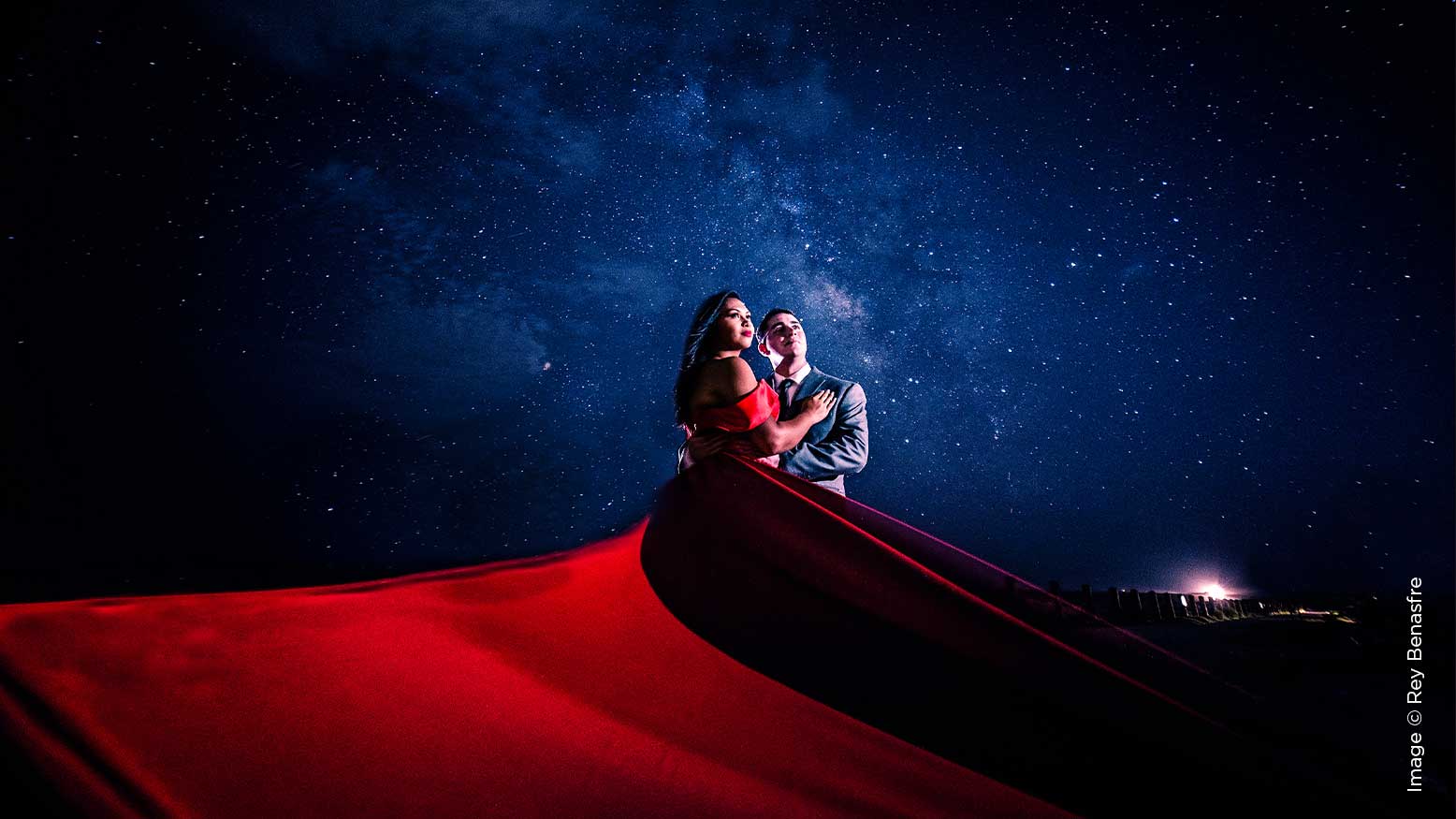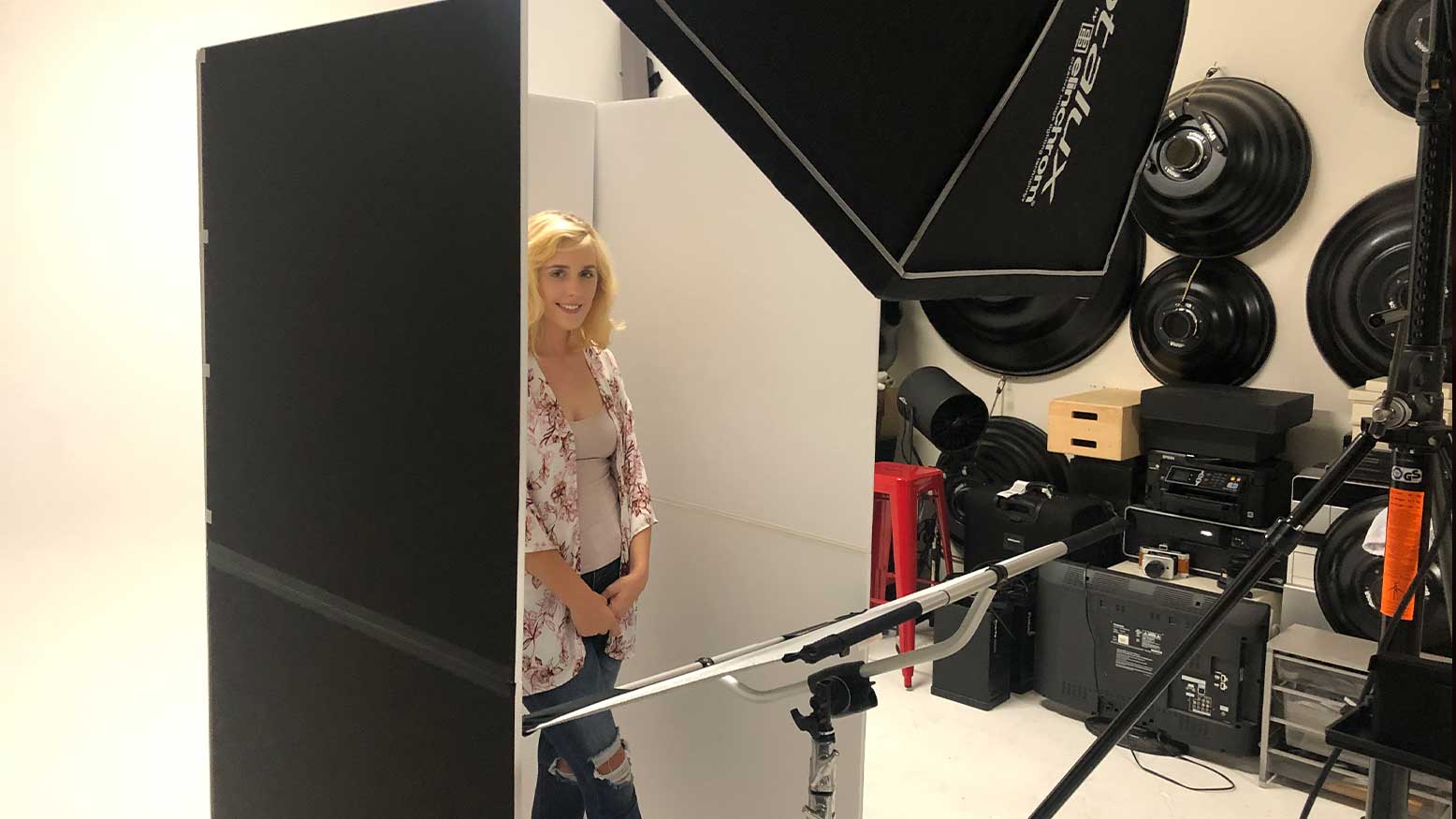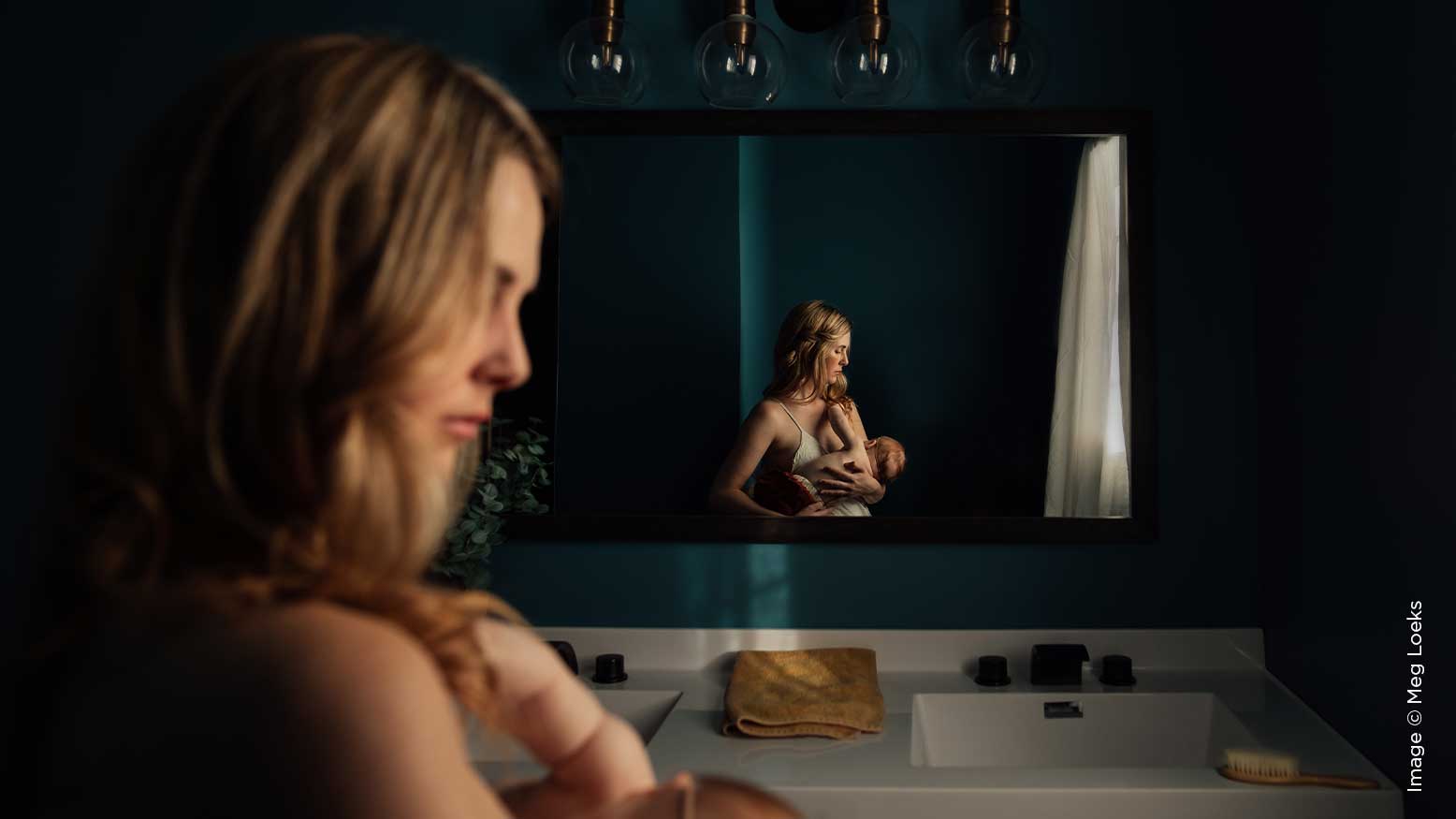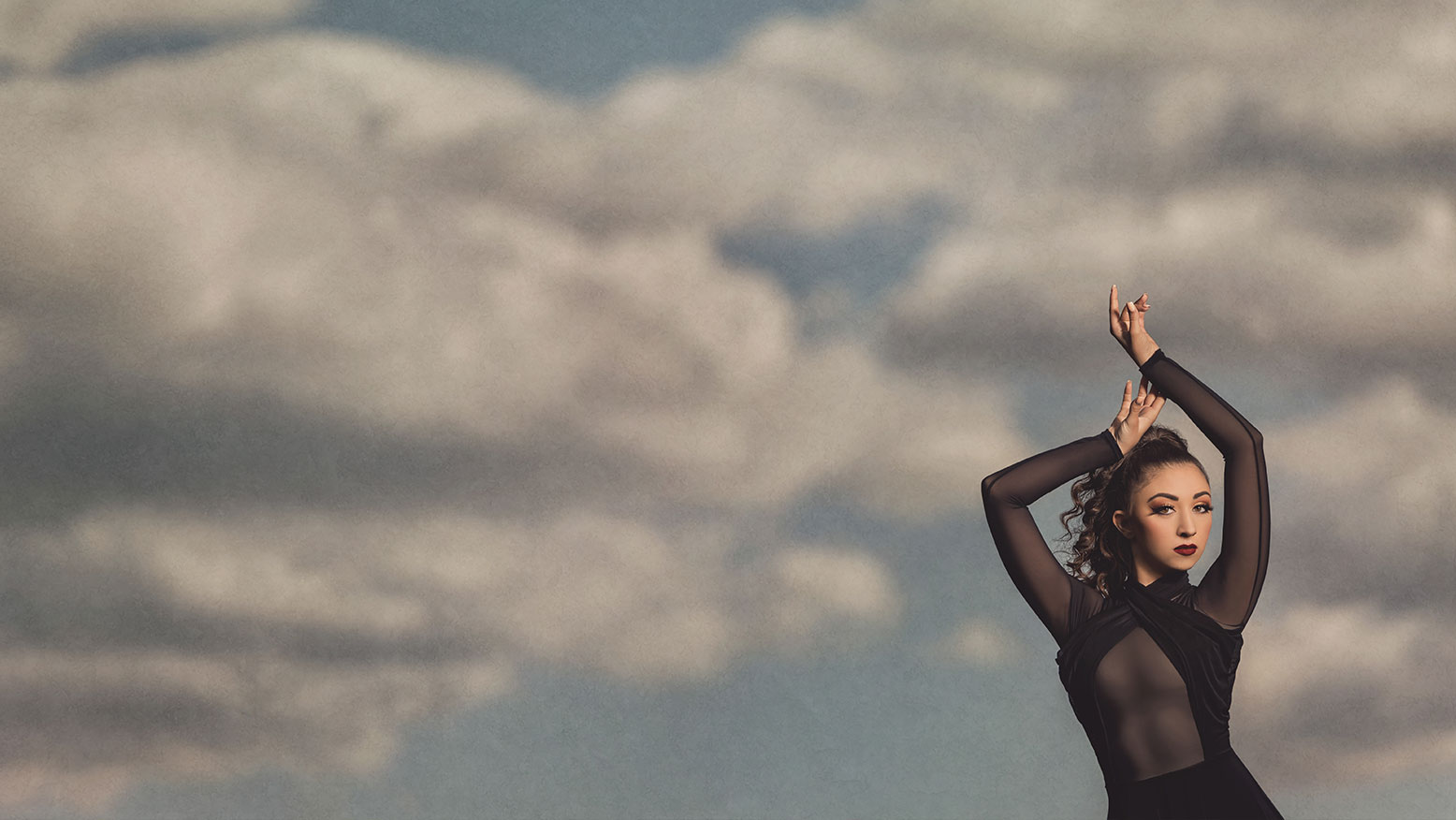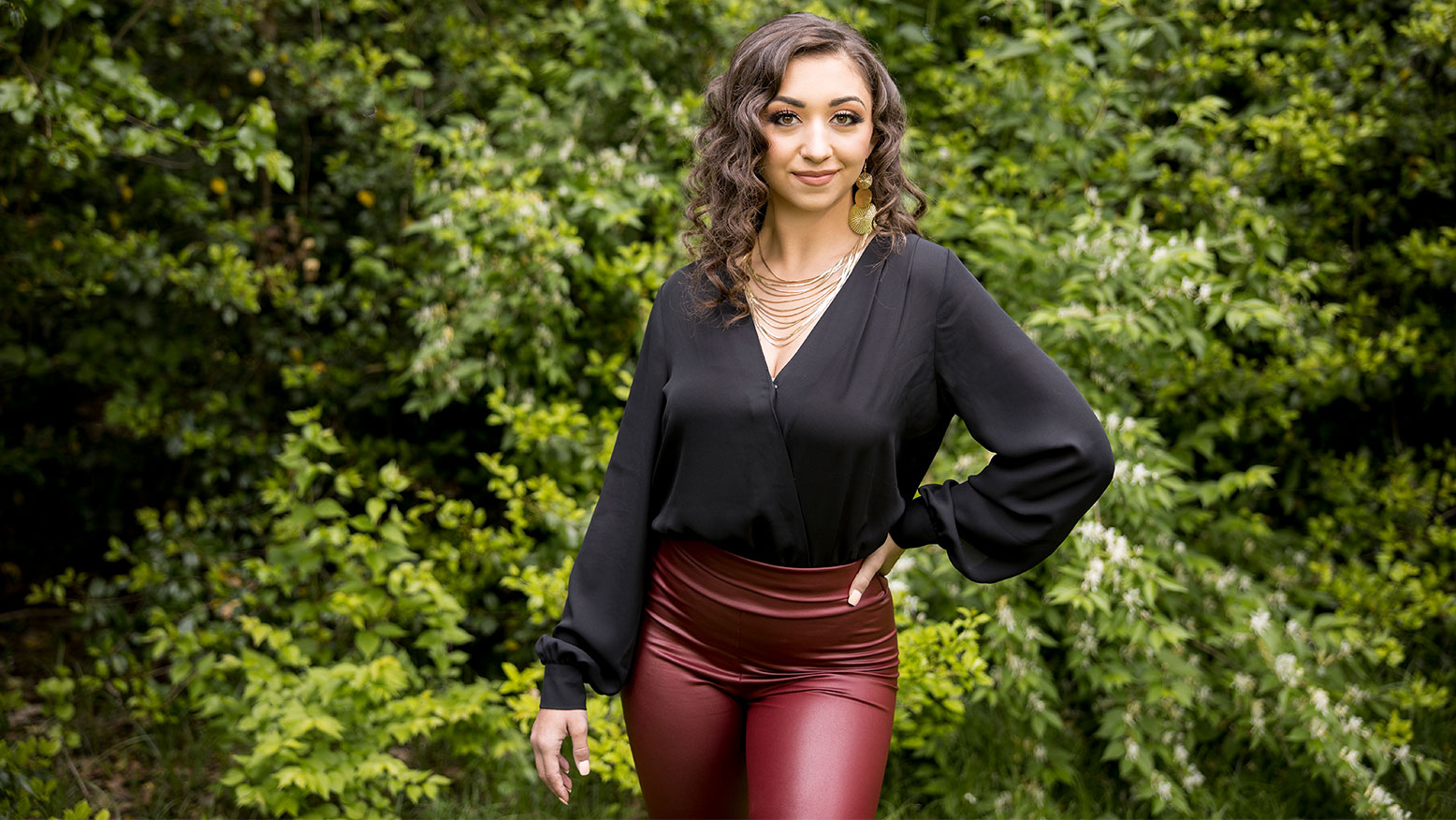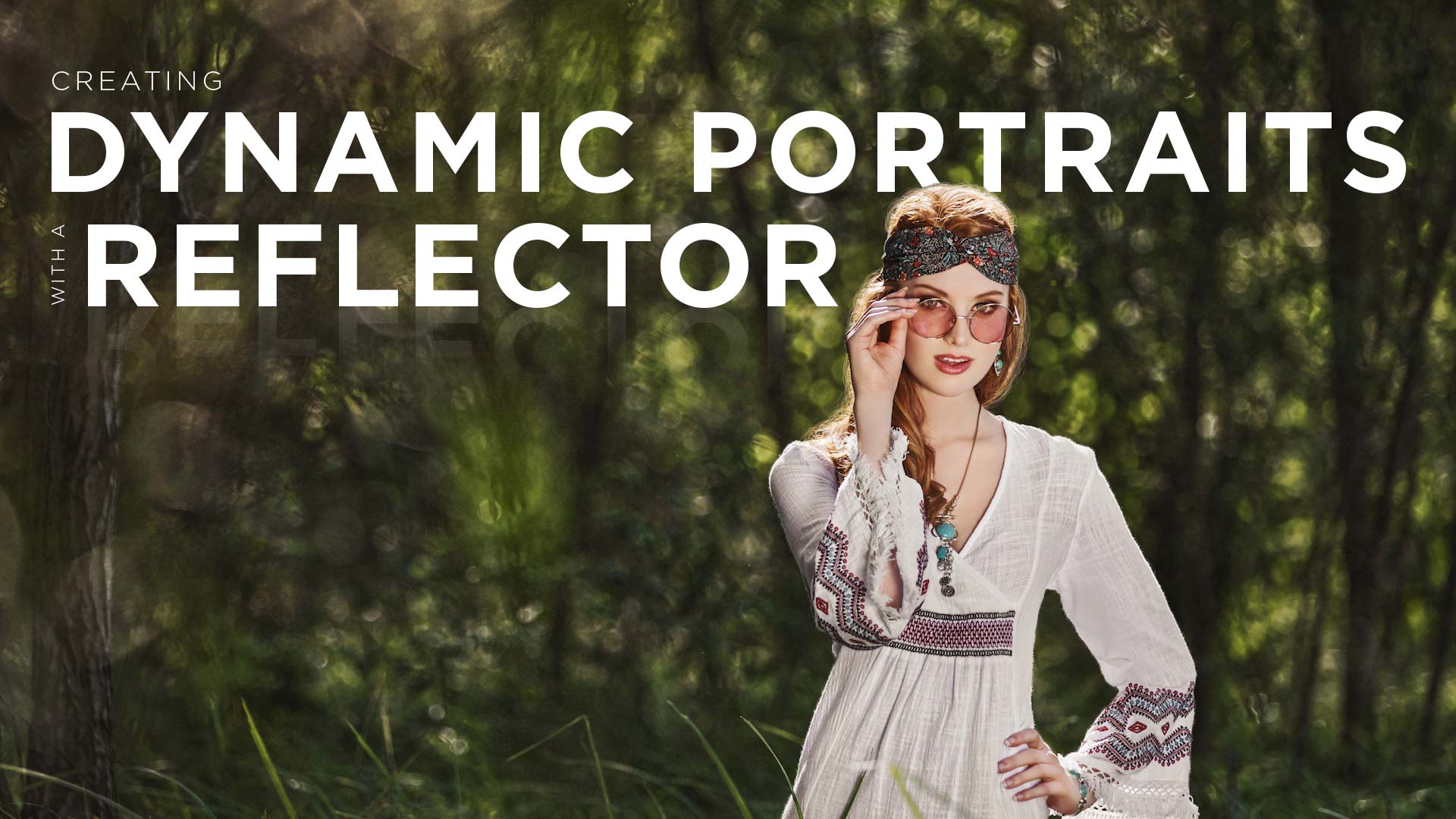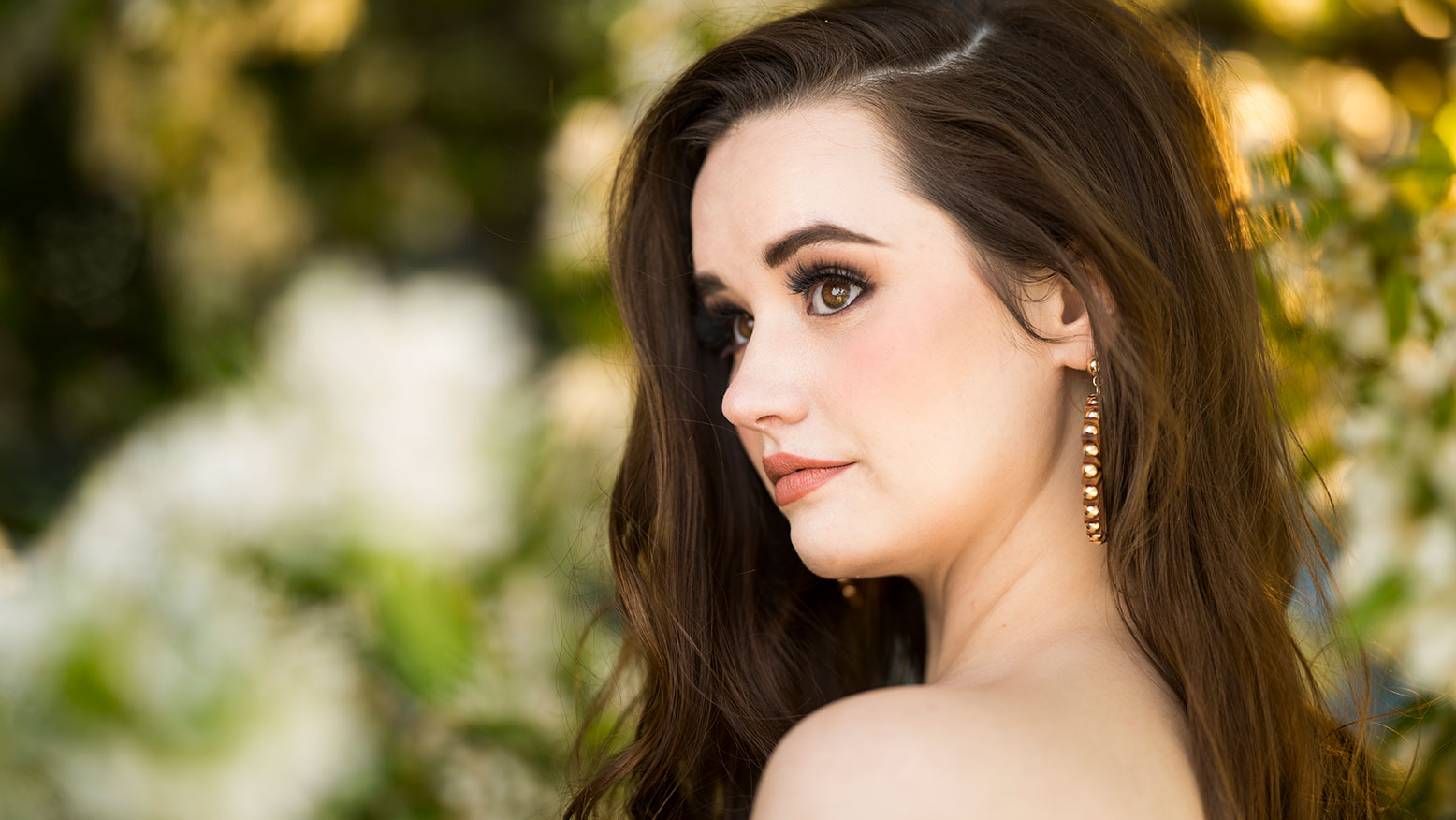How to Take Your Lighting to the Next Level
From a professional point of view, understanding light and being able to execute your vision 'at will' despite the time of day or the location makes you an incredible asset to your client. Light is both an art and a craft. This broad spectrum can make lighting a daunting task to learn and teach. However, one simple philosophy of light can help clarify everything. There's good lighting, there's bad lighting, then there's the RIGHT lighting to help express the emotion you want.

